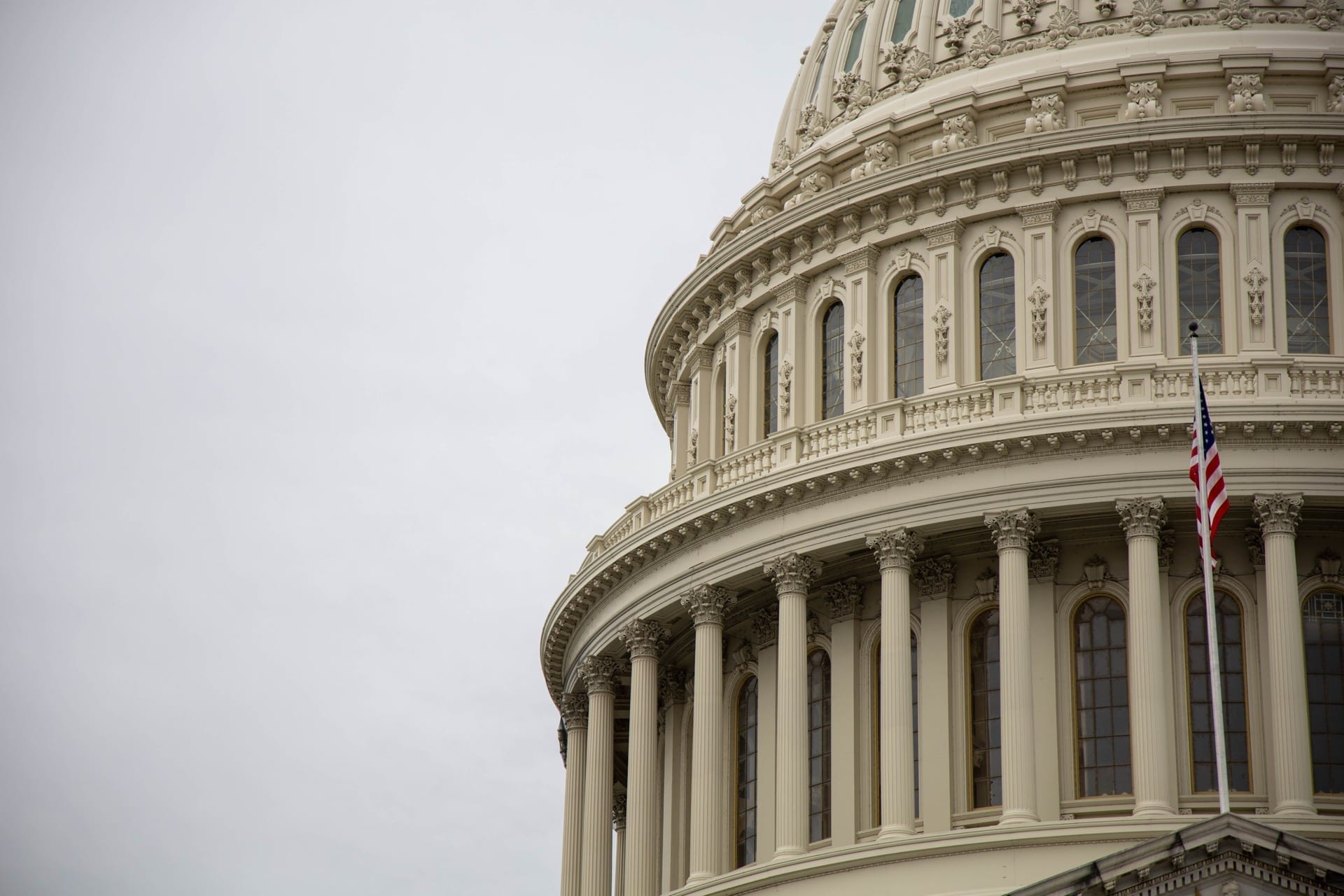Unique web test says, would you believe, ‘both’
With the election campaign reaching the eve of the last debate, President Obama has talked extensively about his future plans in the very successful second debate, and has aired an ad narrated by Morgan Freeman, talking about progress made in the last four years and concluding, “The last thing we should do is turn back now.” On the stump, the president has posed the choice between enriching the top again and finishing the job: “We can choose to go back to the same top-down policies that got us into this mess, or you can choose to move us forward with the policies that have been getting us out of this mess.”
Our fear was that the progress message would sound out of touch and fail to give those voters who are on the edge financially hope that life would be better in a second term, particularly when Mitt Romney was on the air with his plans to create 12 million jobs. Fortunately, the survey confirms the utility of both the progress/don’t go back and future policy messages.
We conducted a special web survey this week where we tested the actual Morgan Freeman ad aired against the Romney 30-second plan spot with 500 respondents. In a parallel sample of 500, we tested an Obama future plans spot (cut down to 1 minute, 25 seconds) against the Romney 60-second spot on his economic plans. We looked at agreement, credibility, and memorability, and most important, looked at the impact on the key question, who would do a better job handling the economy.

Most importantly, in video form and content both Obama ads scored more strongly than the Romney spot. Bottom line, Obama is closing in ways where he can make gains on the economy and in the race.
We found that the Morgan Freeman progress/don’t go back ad and the future ad tested about equally well overall, thus allaying fears that the campaign had made a premature turn to underscore economic gains on the economy that have emerged in the last month.
But the two approaches tested very differently with different audiences — suggesting that the campaign needs both demonstrate progress and lay out future plans to get to the best November 6 outcome.
The progress/don’t turn back message is largely a message that resonates with swing voters – and has a significant impact with seniors and white non-college-educated voters. It is interesting that white non-college-educated voters respond to the progress/don’t go back message. They apparently respond better when hearing that the economy and manufacturing are moving, and are implicitly warned against trickle down economic policies. A policy debate does not move them to the Democrats.
But key base groups respond more strongly to Obama’s plans for the future. Self-identified Democrats choose Obama with more intensity. Two-thirds (67 percent) of minority voters choose Obama as the candidate better equipped to handle the economy after hearing his progress narrative, three-quarters (76 percent) after hearing his future-oriented message.
Above all, unmarried women—who have been lagging in the vote—want to know that Obama is focused on a future agenda that can make life better. Unmarried women voted for the President in strong numbers in 2008—70 percent cast their ballots for Obama four years ago. When they hear Obama’s progress/don’t go back ad, just 59 percent choose Obama as the candidate who is better on the economy. When they hear his plans for the future, 66 percent choose Obama. These key women are still looking for his plans to make things better.

With an eye on globalization and getting out the vote, closing on future plans clearly has more draw for November 6.




